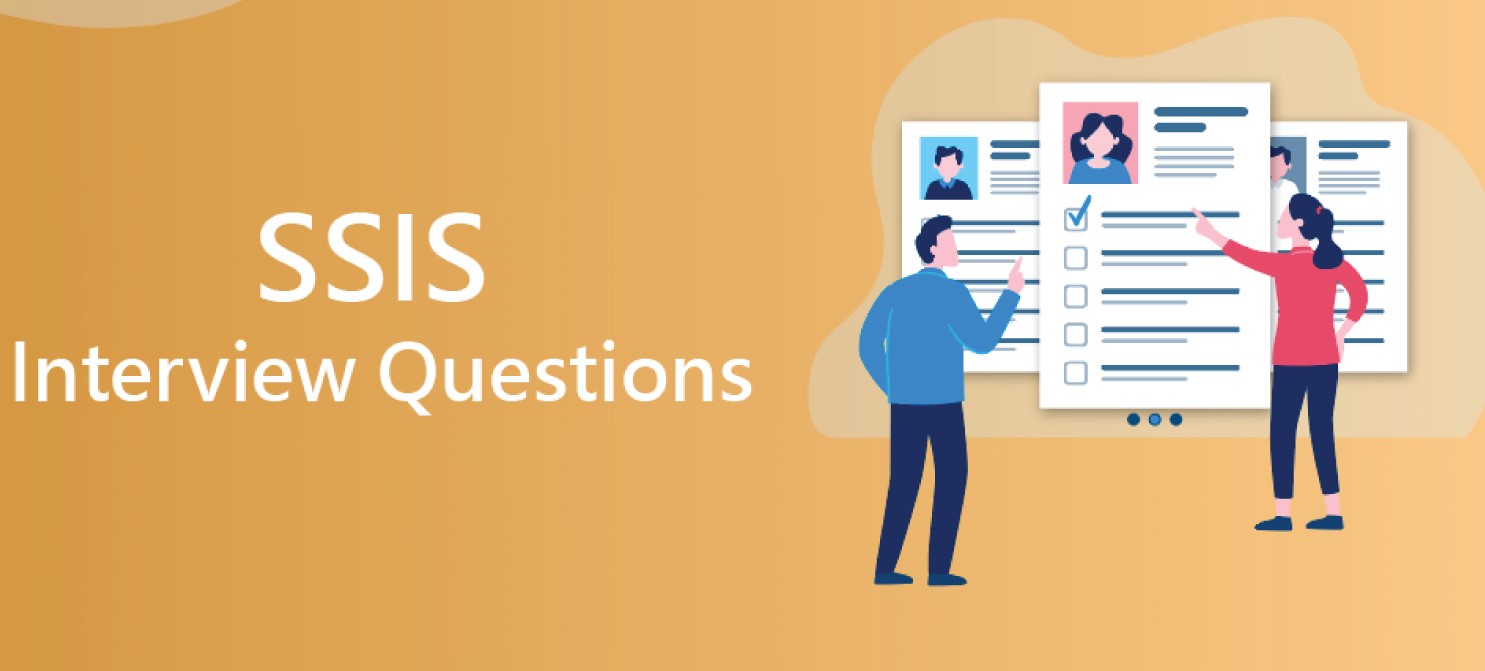Flask, a lightweight and powerful Python web framework, is widely used for developing web applications. Whether you’re a seasoned Flask developer or aspiring to start your journey in Python web development, acing a Flask interview requires solid knowledge and preparation. In this comprehensive guide, we’ll cover the top 30 Flask interview questions along with detailed answers to help you excel in your next interview.
Top 30 Flask Interview Questions and Answers
1. What is Flask and how does it differ from Django?
Flask is a micro web framework for Python, focusing on simplicity and flexibility. Unlike Django, which is a full-stack framework, Flask provides minimalistic features and allows developers to choose their preferred tools and libraries.
2. Explain the structure of a Flask application.
A Flask application consists of a single Python file or a package containing multiple modules. It typically includes routes, templates, static files, and configuration settings.
3. What is routing in Flask?
Routing in Flask defines how URLs are mapped to Python functions. It uses the @app.route() decorator to associate URLs with view functions.
4. How do you handle forms in Flask?
Forms in Flask are handled using the Flask-WTF extension, which integrates WTForms with Flask applications. It simplifies form creation, validation, and rendering.
5. What is a Flask Blueprint and why is it used?
A Flask Blueprint is a way to organize Flask applications into reusable components or modules. It allows developers to create modular and scalable applications by encapsulating related functionality.
6. How does Flask handle HTTP requests and responses?
Flask uses the Werkzeug library for handling HTTP requests and responses. It provides classes like Request and Response for representing HTTP requests and responses.
7. Explain Flask templates and how they are rendered.
Flask templates are HTML files containing placeholders for dynamic content. They are rendered using the Jinja2 templating engine, which allows embedding Python code and expressions within HTML templates.
8. What is Flask-SQLAlchemy and how is it used?
Flask-SQLAlchemy is an extension for Flask that integrates SQLAlchemy with Flask applications. It simplifies database operations and allows developers to work with relational databases using Python objects.
9. How do you perform database migrations in Flask?
Database migrations in Flask are handled using the Flask-Migrate extension, which provides support for SQLAlchemy database migrations. It allows developers to manage database schema changes and versioning.
10. Explain Flask-RESTful and its use cases.
Flask-RESTful is an extension for Flask that simplifies the development of RESTful APIs. It provides support for creating resources, routing requests, and handling HTTP methods like GET, POST, PUT, and DELETE.
11. What is Flask-Login and why is it used?
Flask-Login is an extension for Flask that provides user session management and authentication support. It simplifies user authentication by handling user login, logout, and session management.
12. How do you handle authentication and authorization in Flask?
Authentication and authorization in Flask are typically handled using Flask-Login for user session management and role-based access control (RBAC) for restricting access to certain resources.
13. Explain Flask error handling mechanisms.
Flask provides error handlers for handling HTTP errors and exceptions. The @app.errorhandler() decorator is used to define custom error handlers for specific HTTP error codes or exceptions.
14. What is Flask-SocketIO and how is it used?
Flask-SocketIO is an extension for Flask that provides support for WebSocket communication. It allows real-time bidirectional communication between the client and server, enabling features like chat applications and live updates.
15. How do you deploy Flask applications?
Flask applications can be deployed using various methods, including traditional web servers like Apache or Nginx, cloud platforms like Heroku or AWS, and containerization tools like Docker.









